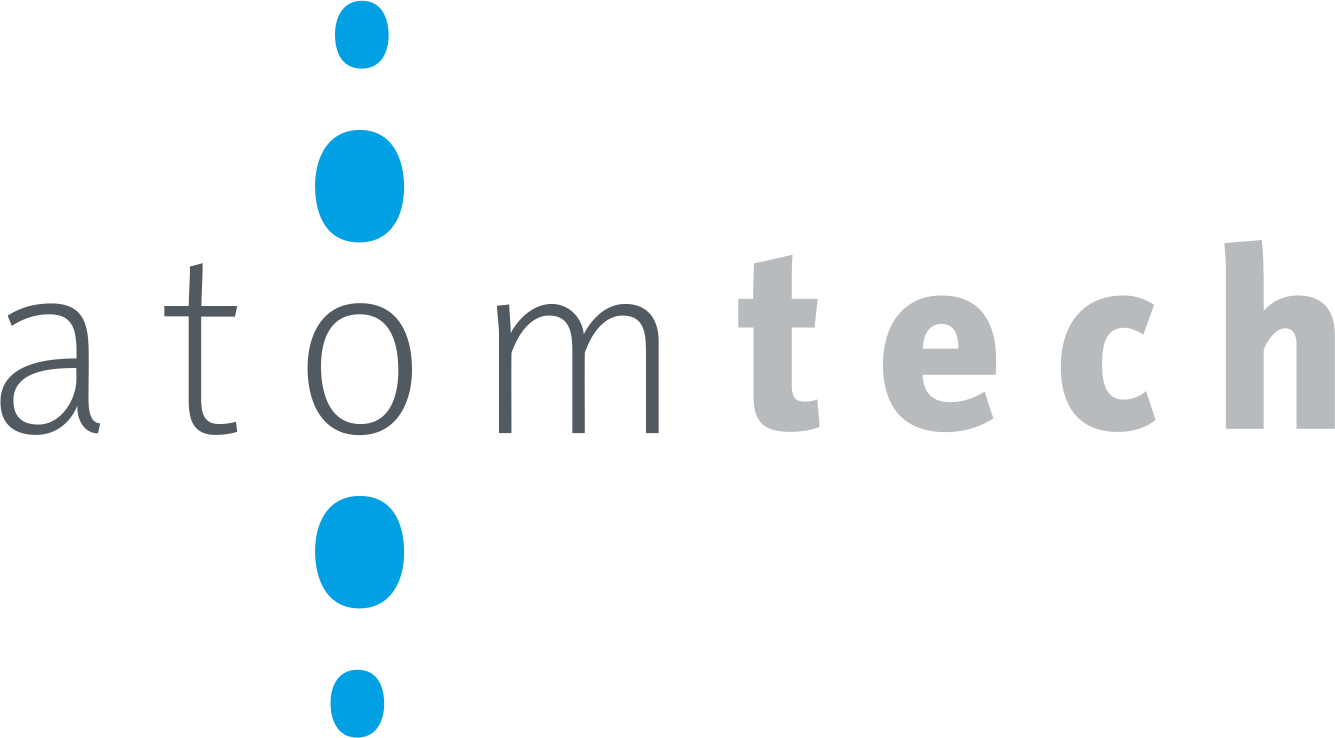Inne Autoryzowane Szkolenia
Szkolenia Red Hat
W naszej ofercie dostępne są autoryzowane szkolenia Red Hat:
DO180 Red Hat OpenShift I: Containers & Kubernetes
DO181 Red Hat OpenShift I: Containers & Kubernetes with exam
DO288 Red Hat OpenShift Development II: Containerizing Applications (v4.5)
DO280 Red Hat OpenShift Administration II: Operating a Production Kubernetes Cluster
RH 124 Red Hat System Administraton I
RH 134 Red Hat System Administration II
RH 190 Red Hat Command Line Skills
RH 200 RHCSA Rapid Track Course
W razie zainteresowania danym tematem szkoleniowym prosimy o kontakt.
Szkolenia VMware
W naszej ofercie dostępne są autoryzowane Szkolenia VMware:
VMware vSphere with VMware Tanzu: Deploy and Manage
VMware vSphere with VMware Tanzu: Deploy, Configure and Manage
VMware Tanzu Kubernetes Grid: Install, Configure, Manage
VMware Tanzu Mission Control: Management and Operations 2022
VMware Horizon : Infrastructure Administration
VMware Horizon : Deploy and Manage
VMware Horizon : Deploy and Manage plus App volumes Fast Track
VMware Horizon : Infrastructure Troubleshooting
VMware Horizon : Troubleshooting Bootcamp
VMware Horizon : Infrastructure Administration and Troubleshooting
VMware Horizon : Virtual Desktop Troubleshooting
VMware vSphere: Install, Configure, Manage
VMware vSphere: Advanced Administration
VMware vSphere: Advanced Administration Workshop
VMware vSphere: Optimize and Scale
VMware vSphere: What’s New
VMware vSphere: Design
VMware vSphere: Fast Track
VMware vSphere: Operate, Scale and secure
VMware vSphere: Optimize and Scale
VMware vSphere: Optimize and Scale plus Troubleshooting Fast Track
VMware vSphere: Security
VMware vSphere: Troubleshooting
VMware Site Recovery Manager: Install Configure Manage
VMware Cloud Foundation: Deploy, Configure, Manage
VMware Cloud Foundation: Planning, Management, Operations
VMware vRealize Automation: Install, Configure, Manage
VMware vRealize Automation SaltStack Config: Deploy and Manage
VMware vRealize Automation SaltStack Secops: Deploy and Manage
VMware Aria Automation: Install, Configure, Manage
W razie zainteresowania danym tematem szkoleniowym prosimy o kontakt.
Szkolenia Citrix
W naszej ofercie dostępne są autoryzowane szkolenia Citrix
CXD-252 Moving to the Citrix Virtual Apps and Desktops Service on Citrix Cloud with Microsoft Azure- CTX_CXD-252
CNS-220 Citrix ADC Essentials and Traffic Management- CTX_CNS-220
CNS-222 Citrix ADC Essentials and Citrix Gateway CTX_CNS-222
W razie zainteresowania danym tematem szkoleniowym prosimy o kontakt.
Szkolenia Microsoft
Przykładowe obszary szkoleń z zakresu Microsoft:
Microsoft Windows Server
Microsoft Azure
Microsoft MTA
Microsoft Windows 10
Microsoft PowerShell
Microsoft System Center Operations Manager
Microsoft System Center Configuration Manager
Microsoft Windows 7
Mcrosoft SharePoint
Microsoft Visual Studio
Microsoft Office 365
Szkolenia Officowe Autorskie
W razie zainteresowania danym tematem szkoleniowym prosimy o kontakt.
Szkolenia CompTIA
W naszej ofercie dostępne są autoryzowane szkolenia CompTIA
CompTIA Strata IT Fundamentals
CompTIA A+
CompTIA CySA+ (CS0-002)
CompTIA Pentest+ (PT0-001)
CompTIA Security+ (SY0-601)
CompTIA Server+ (SK0-004)
CompTIA Network+ (N10-007)
W razie zainteresowania danym tematem szkoleniowym prosimy o kontakt.
